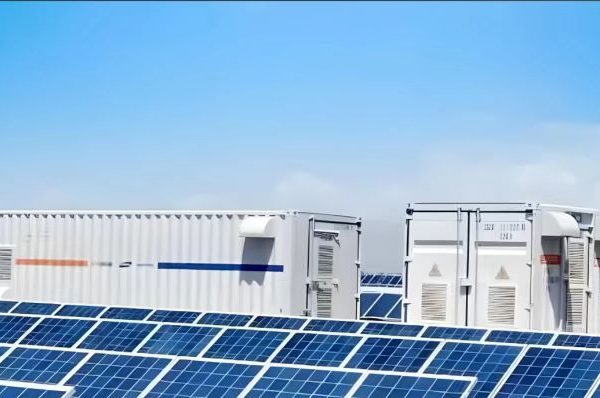Introduction
In recent years, energy storage systems (ESS) have seen a rapid rise in power density—bringing both benefits and significant thermal challenges. One material is emerging as a game-changer: graphene.
To see how these challenges with advanced materials, explore our latest solutions here.
Why Heat is a Major Risk in ESS
Excessive heat build-up can reduce battery lifespan, impair performance, and even trigger safety hazards. Conventional thermal pads often fall short in conductivity and reliability.
That’s where graphene-based thermal interfaces come in.
The Role of Graphene in Thermal Management
Graphene’s ultra-high thermal conductivity—up to 5000 W/mK—makes it ideal for:
- Conducting heat away from battery cells
- Maintaining thermal uniformity across modules
- Reducing hot spots in high-load applications
📖 Related post: Understanding Thermal Runaway in Lithium-ion Systems
Real-World Application: ESS Cabinet Retrofitting
In our latest field deployment, graphene composite thermal pads were used to retrofit a lithium-ion battery cabinet operating in a high-temperature zone.
Preliminary results showed a 22% reduction in internal temperature rise under continuous load.
🛠️ See installation photos and product options here 👈
Want to Learn More?
We’re actively expanding our graphene-enhanced materials for cooling, shielding, and efficiency improvement.









